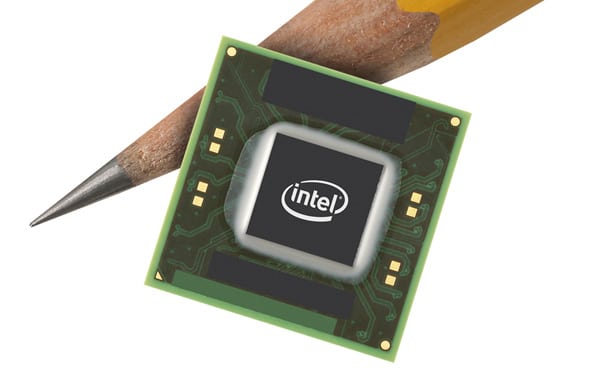Intel’s Thunderbolt technology hits the market today, nestled inside Apple’s refreshed line of MacBook Pro notebooks. The new machines now have a Thunderbolt port on the side, denoted with a lighting bolt logo. What consumers want to know though is “What exactly is Thunderbolt and why should I care?” Simply put, Thunderbolt is a new high-speed PC connection that runs at 10Gb/s. A single cable supports both HD video and data transfers at the same time pretty much making all those other ports on your notebook useless, at least that’s if Intel has its way.
Intel’s Thunderbolt technology hits the market today, nestled inside Apple’s refreshed line of MacBook Pro notebooks. The new machines now have a Thunderbolt port on the side, denoted with a lighting bolt logo. What consumers want to know though is “What exactly is Thunderbolt and why should I care?” Simply put, Thunderbolt is a new high-speed PC connection that runs at 10Gb/s. A single cable supports both HD video and data transfers at the same time pretty much making all those other ports on your notebook useless, at least that’s if Intel has its way.
What really makes this new connection unique is that it uses the same DisplayPort interface and still retains the same compatibility with other DisplayPort devices. For most users this translates down to smaller devices that still retain high-speed connections, instead of being chopped out in favor of compatibility with USB.
With claimed speeds as high as 10Gbps, ThunderBolt comes out swinging as twice the theoretical max of 5Gbps USB SuperSpeed 3.0, and faster than eSATA, which as of today supports devices connected at 6Gbps. This is great news for any mobile or desktop user as it means faster file transfers, shorter backup times, and more instant gratification… which is never a bad thing.
In practical terms Intel says users could transfer a full-length HD movie in less than 30 seconds or backup 1 year of continuous MP3 playback in just over 10 minutes. While exact details of those processes aren’t disclosed, the point is, it’s very fast. The question remains though about adoption. Most Windows-based machines have just been refreshed with Sandy Bridge, meaning Thunderbolt has largely missed the Windows user base and may not see widespread inclusion in platforms there for another year. Apple certainly has the strength to push the interface on its own though, we’ll just have to wait and see how this plays out.



